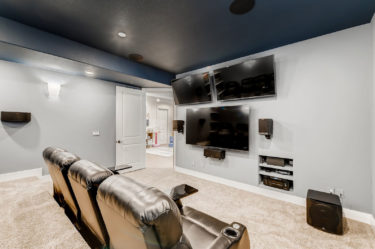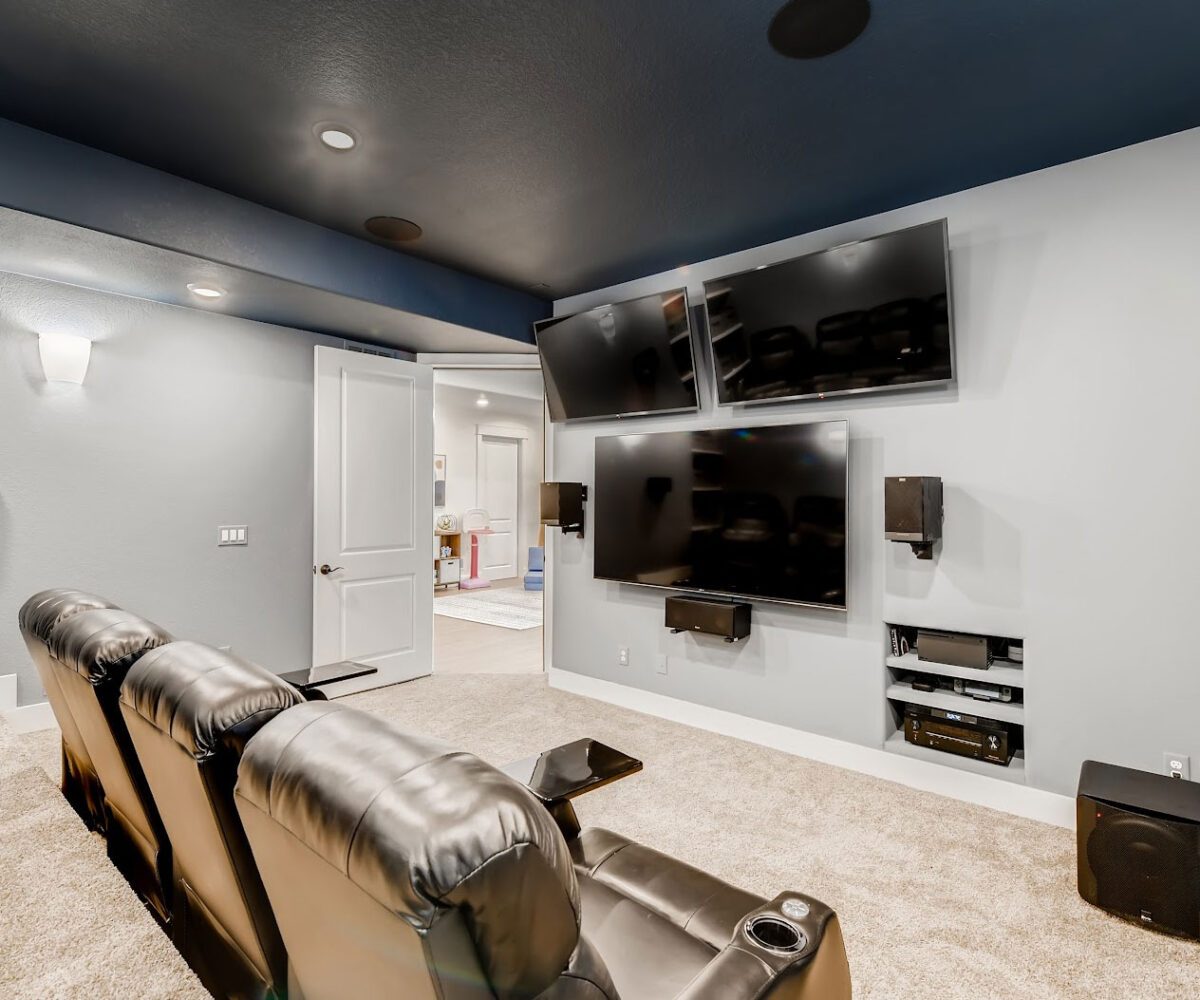Illuminating Facts About Low-Volt Electrical

Along with larger and more kitchen appliances, televisions, and even personal grooming / hair appliances—which typically run on 120V or 240V of electricity, today’s homes also require what’s referred to as low-volt electrical wiring, which is designed to carry 50 volts of electricity or less. Low-voltage wiring powers those all-important devices we’ve come to take for granted, such as Smart doorbells, phones, garage door opener controls, heating and cooling thermostats, landscape lighting, alarm system sensors and controls, security system cameras and motion sensors, audio-visual wiring, internet network and WiFi, and LED or low-volt lighting. Common households in the ‘60’s knew little of these wonders!
How Does Low-Volt Differ from Standard Electrical?
- Low-voltage wiring operates on an infrastructure of structured cabling built on a separate network from most of the home’s wiring. In new construction, the rough electrical of the home is installed first, followed by low-volt wiring.
- A low-volt wiring plan is designed prior to installation, taking into account the existing electrical layout and airflow/cooling considerations. Low-volt wires should be installed—at a minimum—one foot away from the home’s main electrical wires, running parallel with all the cabling, as the higher voltage on electrical cables can create signal interference that may affect data cables.
- Much finer in gauge and more fragile than standard electrical wire, low-voltage wires such as fiber optic cable are prone to kinking or breaking, which can degrade the signal. The wire cannot bend at a 90-degree angle and must be looped if a change in direction is required.
- Some of the more common types cables used in low-volt wiring include CAT6 (Ethernet cable), fiber optic (used for long distance runs), speaker wire, thermostat wire, coaxial cable (coax), and security system wire.
- While low-volt wiring can be retrofitted into a home, it will be at a greater expense than doing so during new construction or remodeling, as the electrician will have to crawl through attics and cut/repair drywall where needed.
Finishing your basement provides an ideal circumstance to add low-volt wiring to your home. As you design the plan and decide how best to allocate the space, consult with the electrician regarding possibilities for low-volt design. Whether you want to increase internet speed in your home, add surround-sound wiring for a home theater, or add a security system, doing so before the basement is finished will save you money and hassle.
If you live in the Denver metro area or in northern Colorado, and a basement finish looks to be on your horizon, call us to schedule a no-obligation estimate. We’ll walk you through the construction process and help you envision the possibilities your basement is waiting to become! 303-420-0056

